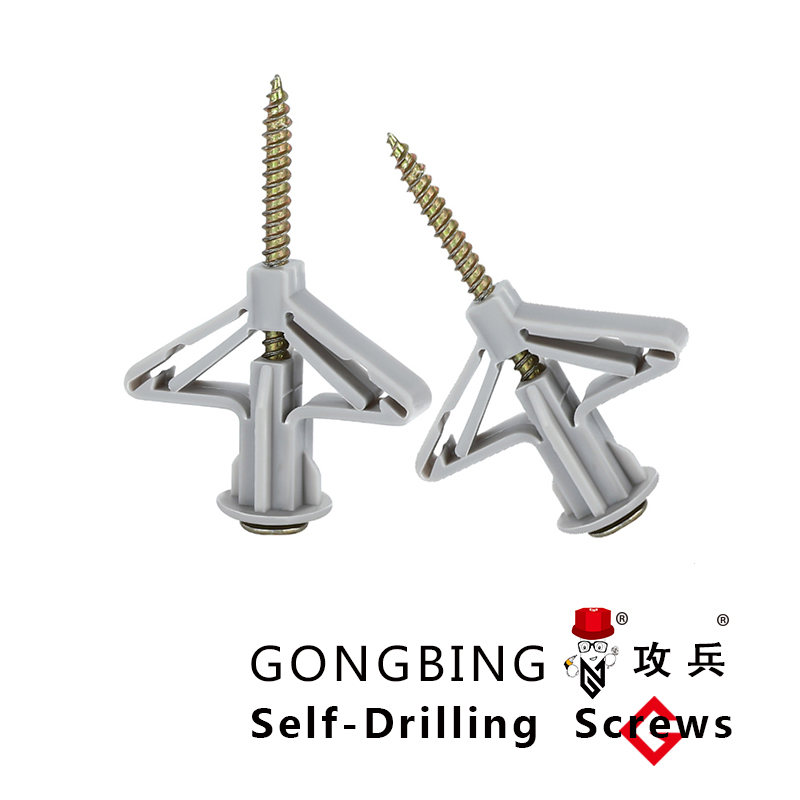Cross Bracing Techniques for Enhanced Stability in Steel Structural Design and Engineering
Cross Bracing in Steel Structures
Cross bracing is a vital structural component widely used in steel construction, specifically designed to enhance the stability and strength of buildings and large structures. By employing diagonal members arranged in a cross pattern, cross bracing effectively distributes loads, mitigates lateral movement, and improves overall performance against environmental forces such as wind and seismic activity. This article will explore the principles, applications, and advantages of cross bracing in steel structures.
The Principle of Cross Bracing
The fundamental concept behind cross bracing lies in its ability to resist lateral forces. When a structure experiences horizontal loads, such as those caused by wind or earthquakes, the strength and rigidity of the building can be compromised. By integrating cross bracing, the load path is established, allowing forces to be channeled through the bracing members toward the foundation. The diagonal braces provide tensile and compressive resistance, which helps maintain the structural integrity and prevents excessive deformation.
Applications in Construction
Cross bracing is commonly found in various steel structures, including high-rise buildings, bridges, and industrial facilities. In skyscrapers, cross bracing can significantly reduce the amount of sway experienced during high winds, offering occupants a more stable environment. Furthermore, in bridges, cross bracing contributes to the overall load distribution, ensuring safety and performance over time. Industrial warehouses and manufacturing plants often utilize cross bracing to create large open spaces without obstructive columns, benefiting design flexibility and operational efficiency.
Types of Cross Bracing
There are several types of cross bracing configurations, each tailored for specific applications and aesthetic considerations. The most prevalent types include
1. X-Bracing Two diagonal members cross each other in an 'X' shape. This is the most straightforward and effective bracing solution for providing lateral stability. 2. K-Bracing In this configuration, one diagonal member connects to a vertical member, creating a 'K' shape. K-bracing allows for more flexibility in design while still maintaining stability.
cross bracing in steel structures

3. V-Bracing This method employs diagonal members that extend from a structure's vertical elements to a central point, forming a 'V.' This configuration is often seen in smaller structures or where aesthetic appeal is prioritized.
Advantages of Cross Bracing
The incorporation of cross bracing in steel structures presents numerous benefits
1. Enhanced Stability Cross bracing increases a structure's ability to withstand lateral forces, providing greater safety and assurance for both occupants and engineers.
2. Material Efficiency By redistributing forces, cross bracing can lead to lighter structural components and reduced material usage, making construction more cost-effective.
3. Design Flexibility The different types of cross bracing can be adapted to suit various architectural styles and functional requirements, allowing for innovative design solutions.
4. Easy to Implement Cross bracing systems can be readily integrated into a range of construction methodologies, making them accessible for builders and designers.
Conclusion
In summary, cross bracing plays a crucial role in the field of steel construction, providing enhanced stability, efficiency, and flexibility to various structures. As urbanization continues to rise, the demands for safe and resilient buildings grow ever greater. The application of cross bracing systems will remain pivotal in meeting these challenges, ensuring that our built environment is equipped to withstand the forces of nature while maintaining aesthetic appeal and functionality.
-
Weatherproof Plastic Expansion Anchors for OutdoorNewsJun.06,2025
-
Sustainability in the Supply Chain: Eco-Friendly TEK Screws ProductionNewsJun.06,2025
-
Load-Bearing Capacity of External Insulation FixingsNewsJun.06,2025
-
Double Head Bolts: Enhancing Efficiency in Industrial MachineryNewsJun.06,2025
-
Corrosion Resistance in Chipboard Screws: Coatings for Wholesale DurabilityNewsJun.06,2025
-
Butterfly Toggle Bolts : Enhancing Structural ResilienceNewsJun.06,2025
